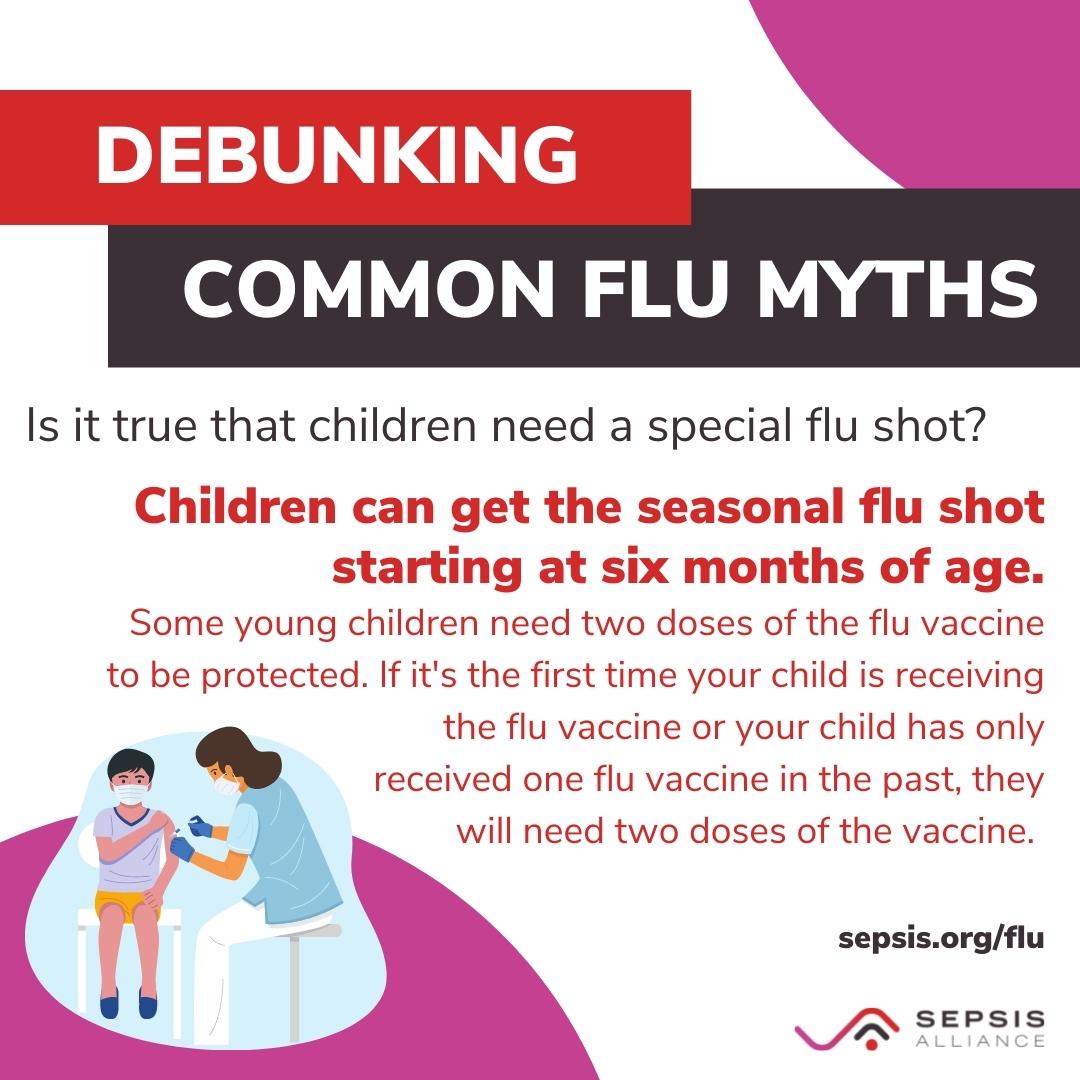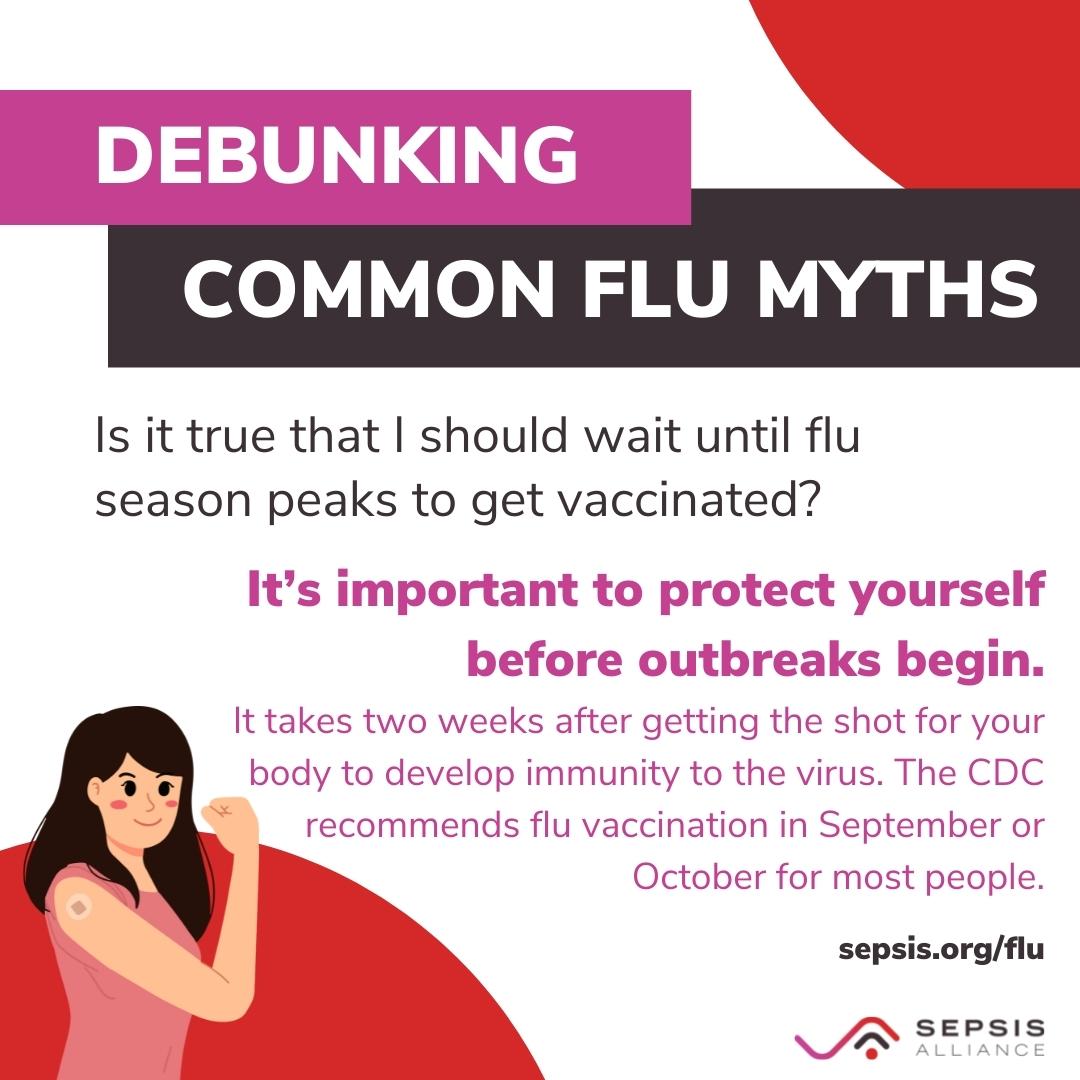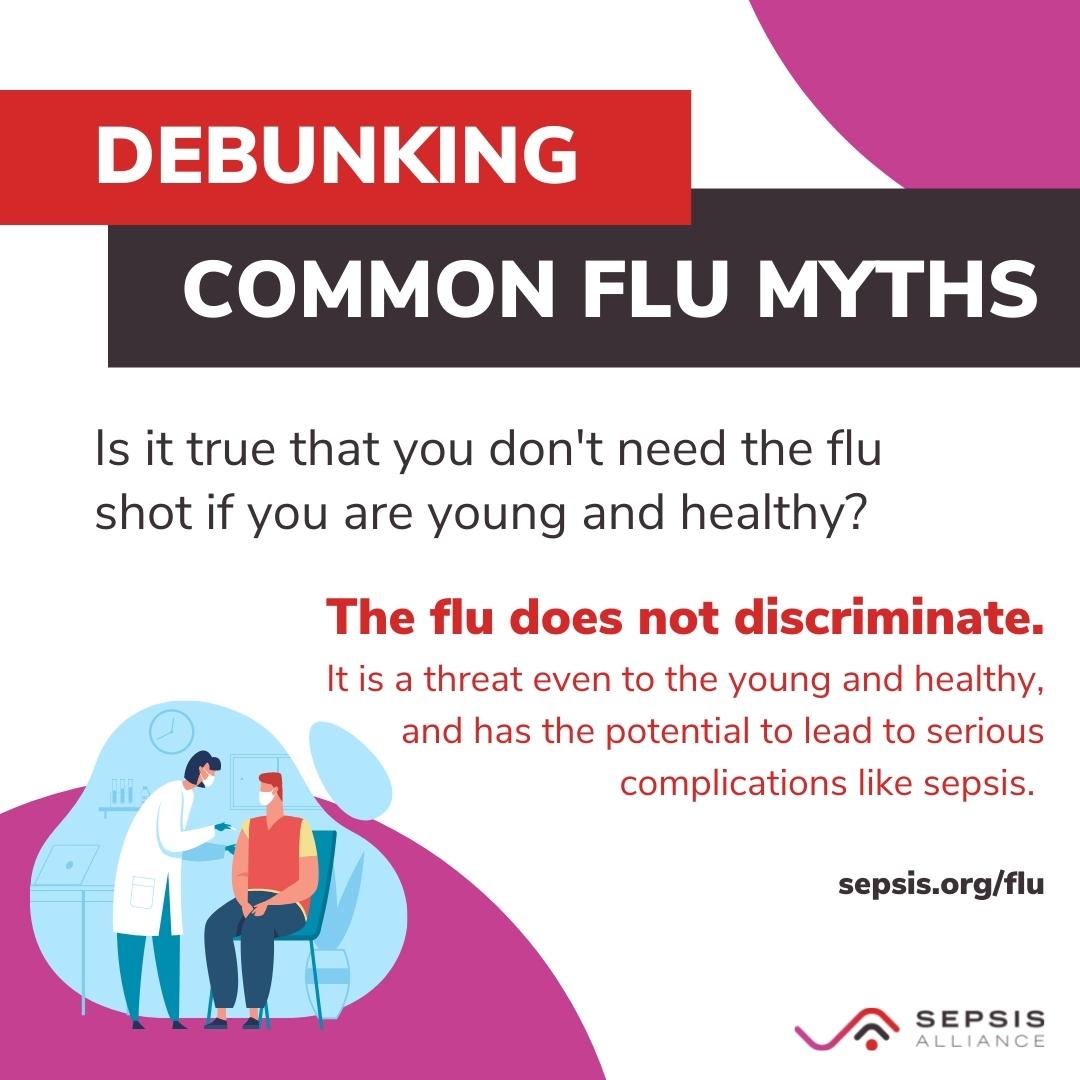Influenza, the flu, is a common viral infection which spreads very easily. Many people use the term “the flu” to describe anything from a stomach bug to a bout of food poisoning, but these are not the flu. Influenza is a respiratory illness caused by a virus. Any kind of infection, including the flu, can cause sepsis, the body’s life-threatening response to infection.
Sepsis, which was often called blood poisoning, is the body’s life-threatening response to infection. Like strokes or heart attacks, sepsis is a medical emergency that requires rapid diagnosis and treatment.
Anyone who has the flu and develops the following signs should seek medical help as soon as possible, regardless of age or usual state of health:
- Difficulty breathing or shortness of breath
- Pain or pressure in the chest or abdomen
- Sudden dizziness
- Confusion
- Severe or persistent vomiting
- Flu-like symptoms improve but then return with fever and worse cough
- High fever for more than three days
Suggested Citation:
Sepsis Alliance. Sepsis and Influenza. 2024. https://www.sepsis.org/sepsisand/influenza-flu/
Updated January 19, 2024.
Funding for this campaign was provided by an unrestricted educational grant from CSL Seqirus.























































